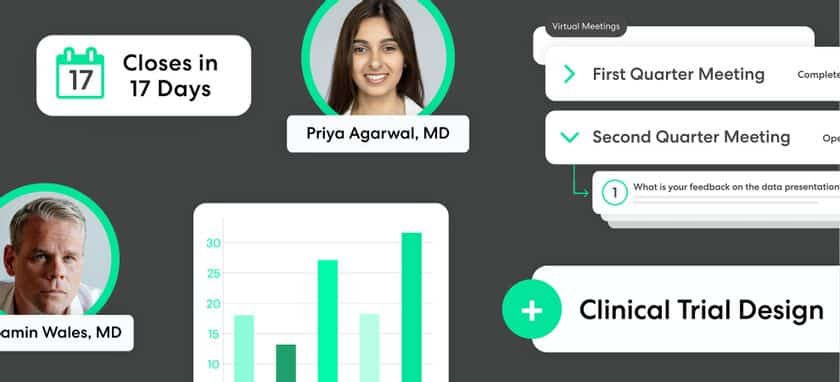By Alex Monaghan, Within3 Senior Director of Business Development
As the world begins to emerge from the global pandemic, many companies are realizing that the way we did business has changed forever.
At the recent Global Medical Affairs Summit, I spoke about the impact the previous year had on the pharma industry and how pivotal technology was in bridging the communication gaps we all felt during lockdown and extended stay-at-home measures. In the next phase of this global event, we must think back on what worked, what failed, and how digital tools can help us accomplish more with fewer meetings in 2021 and beyond.
A recent MSL Society survey found that most KOLs surveyed – 66% – would like MSLs to continue to engage with them through virtual means. There are significant benefits to a virtual-first strategy, including less time-consuming travel and a corresponding reduction in environmental impact. But the most compelling argument for a virtual approach is the quality of insights that come from environments that allow KOLs to fully engage with the work.
A hybrid future
It’s possible for life science teams to retain some face-to-face interaction while shifting other types of meetings and events to a hybrid virtual format. In short, a successful hybrid model gets the best out of both in-person and live virtual or asynchronous meetings. In asynchronous communication, participants engage over a period of days or weeks – whenever it’s most convenient for them to do their work.
The key benefit to this approach is the input versus the output. With 10 KOLs on a three-hour webinar, there is simply a limit to what can be achieved, or even to how many KOLs will realistically have a chance to contribute. In a hybrid model, each advisor has an equal voice and can spend their time in a way that makes sense for their schedule. Asynchronous sessions can also be planned and executed over a shorter timeline than face-to-face engagements, which makes life science teams more responsive to emerging data or other new information.
The hybrid preparedness checklist
If hybrid virtual interaction is something your team is looking to add to your overall KOL, patient, or internal engagement strategy, review this checklist to get started:
- Update internal processes to accommodate virtual tools
- Modify participant contracts to be more flexible
- Gain management support for the roll-out
- Cultivate an open-minded culture when discussing technology
- Identify digital thought leaders or virtual adoption champions who can guide the way
- Provide technical training and best practice sessions
- Partner with vendors who are experts in hybrid virtual engagement
With these points in mind, your team will be ready to leverage existing expertise and capabilities while building a hybrid strategy.
The potential of hybrid virtual engagement is something teams must consider to stay ahead in an increasingly digital and connected world. Put simply, the future is hybrid – it’s time to develop the competency to develop a more flexible engagement strategy. Learn more about virtual engagement as part of a holistic insights management platform.
Watch the presentation.






